Lesson 1: From the wild fields
The province's DTM area covers an area of 299,000 hectares, stretching from the northern communes of Thu Thua district to Thanh Hoa, Tan Thanh, Moc Hoa districts, Kien Tuong town, Vinh Hung, Tan Hung districts and part of Duc Hue district. Since the mid-1980s, the policy of population dispersion and exploitation of DTM of the Council of Ministers (now the Government ) has created a historical turning point, turning this barren land into a rich "gold mine".
Land reclamation in Dong Thap Muoi region
After the Great Victory in Spring 1975 , the Party Committee, government and people of Long An identified the key task of boosting production and "saving from famine". This strategy was clearly outlined at the 2nd and 3rd Congresses of Long An Provincial Party Committee. However, by the end of August and the beginning of September 1978, Long An suffered a major flood, causing the loss of 280,000 tons of food, the infrastructure was almost destroyed, people's houses were submerged in water, famine recurred,...
Mr. Nguyen Van Ba (70 years old, residing in Kien Binh commune, Tan Thanh district, Long An province) recalls: “Back then, the land was very acidic, people could only grow one rice crop, not much. The hardship was constant all year round, after drought then salinity, but the most memorable was the flood in 1978. What a terrible flood, sweeping away all houses, fields and gardens, many people went missing. Many families were left penniless and had to rely on the State for rice for each meal.”
Floods return, Dong Thap Muoi region is submerged in water, people's lives face many difficulties (Photo archive)
After the historic flood, the province continued to make efforts to overcome the consequences and made many strong steps forward in the construction of the homeland. The highlight of the change in the Dong Thap region was Resolution 03 on the Advancement of Dong Thap; the program to open up the potential of Dong Thap (food, consumer goods, export goods). Accordingly, the province began to open Route 49 (now National Highway 62), reallocate labor and land, and organize the construction of 6 Dong Thap economic groups to exploit the potential of Dong Thap.
Former Head of the Migration Department - Phan Tien Dung recalled: The Dong Nai area has a large area and a sparse population, so the Migration Department's task is to bring people to the new economic zone, help people stay, produce products, and export rice. With this task, the Department advised the Provincial Party Committee to submit to the Ministry of Agriculture and Rural Development to create conditions for Long An to sign agreements with the northern provinces to bring people to reclaim new land.
In addition, the province also sent people from the province to reclaim the Dong Nai area. Each immigrant household with about 2 workers will be given an average of 2 hectares of agricultural land, a house made of cajuput trees and coconut leaves, a boat and enough rice to eat for 6 months.
According to statistics, since the immigration policy was implemented until 1990, Long An has welcomed 26,000 households with 51,000 people from many provinces and cities across the country. Of which, the majority are local residents (about 84%, equivalent to 22,000 households), the rest come from the Central and Northern provinces.
Thanks to the migration policy, the DTM area was quickly filled. Recognizing the contribution of people everywhere in reclaiming new land, many new administrative names were given based on the hometowns of the people such as Khanh Hung commune (combined from Khanh Hau ward, Tan An city and Vinh Hung), Vinh Binh commune (combined from Binh Tinh, Binh Lang, Tan Tru district and Vinh Hung), Hung Ha commune (combined from Ha Bac, Hai Hung and Vinh Hung).
The migration brought new vitality, turning the alum-laden, barren land into vast rice fields and residential areas, contributing significantly to the socio-economic development of the province. The names of the land and villages bearing the imprint of their homeland are proof of the spirit of solidarity, sharing and the aspiration to build a new life of the Vietnamese people in the DTM land.
Now, the Dong Thap Muoi region is covered with vast rice fields, a testament to the dramatic change.
"With human strength, stones can become rice"
Attracting people to reclaim land in the DTM was difficult, but how to make them "settle down and make a living" and stay long-term was even more difficult because the land here was heavily contaminated with alum, and could only produce one unstable rice crop a year, with a meager yield. The problem for the government and the people at that time was to find a fundamental way to "keep" the land reclaimers.
Realizing these difficulties, the solution to exploit the EIA by investing and developing the irrigation system has been identified as the optimal, even the only, direction. Because, before thinking about what to plant and how to produce, "detoxifying" the soil, improving the water source, and ensuring enough water for irrigation of the fields are prerequisites.
Mr. Phan Tien Dung added: “With the direction of the Central Government, in 1984, the 45km long Hong Ngu - Vinh Hung canal (or Central Canal) located near the Cambodian border of Dong Thap and Long An provinces was put into use to bring fresh alluvial water from the Tien River through the Mekong Delta to the Vam Co Tay River to “speed up” washing away alum and improving the soil. People also joined hands to dig canals and cut ditches to bring fresh water to all over the Mekong Delta region.”
Digging canals and clearing the flow to remove acidity and wash away alum (Photo courtesy)
The land was improved, the Center for Agricultural Research and Development of the Southern Institute of Agricultural Science and Technology conducted research to change from single-crop rice to double-crop rice, tested planting new short-term, high-yield rice varieties to replace seasonal rice, and the Thuan Nong rice variety,...
Former Director of the Center for Agricultural Research and Development - Master Nguyen Viet Cuong said: "The Center researches and puts into use many new rice varieties such as IR66, IR60A,... In which, the IR50404 rice variety brings a breakthrough in productivity for people in the new economic zone because this rice variety is resistant to alum, has few pests and diseases. If previously, farmers planted Thuan Nong 1 rice variety with a yield of only more than 1 ton/ha, the IR50404 rice variety has a yield of nearly 7 tons/ha/crop, in some areas with good soil, the yield is 8-9 tons/ha/crop. In 1998, according to a summary report of the Southern Plant Variety Testing Center, the area of IR50404 rice variety accounted for about 48% of the total rice area in the Mekong Delta".
Mr. Nguyen Van Hoang's family from Ben Luc town, Ben Luc district, went down to Khanh Hung commune, Vinh Hung district to start a business for decades. Recalling the first days of arriving in the new economic zone, Mr. Hoang could not help but feel emotional: "There were many difficulties! The land was full of grass, sedge, alum, and acidity that could not be tolerated. The whole year was exposed to the sun and rain but the harvest was not much. When the flood came, it was considered a total loss."
Then, thanks to bold changes, switching from one rice crop to two, the lives of the people here gradually changed. Mr. Hoang happily said: "Back then, 1 hectare of rice yielded 50kg and was a great joy. Now, 1 hectare must yield 8-9 tons/crop to be considered good. Anyone who has been able to stay with the fields and gardens until now is rich, with spacious houses."
After a short time, by 1991, the DTM Land Reclamation Program had effectively put into use 50,000 hectares of rice land; at the same time, converted 15,000 hectares of land from single crop to double crop, opening a new page for the region's agriculture. This policy brought about clear economic efficiency, increasing the total food output of the whole region from 250,000 tons (in 1986) to 600,000 tons in 1990, accounting for 60% of the total food output of the whole province at that time.
Following that achievement, after more than two decades of continuous efforts, the food output of the DTM region has made an impressive leap, reaching more than 2.4 million tons (as of 2024), contributing more than 80% to the total food output of the whole province. This is a testament to the strength of solidarity, the spirit of overcoming difficulties and the strategic vision in the construction and development of this potential new economic region. From that, the DTM today is not only a symbol of prosperity but also a testament to the aspiration to rise, the spirit of solidarity and the inner strength of the Vietnamese people on the journey to build a bright future./.
(to be continued)
Le Ngoc - Huynh Phong
Lesson 2: “Settling Down”
Source: https://baolongan.vn/vua-vang-noi-ron-phen-cau-chuyen-cua-dong-thap-muoi-tu-canh-dong-hoang-bai-1--a195653.html


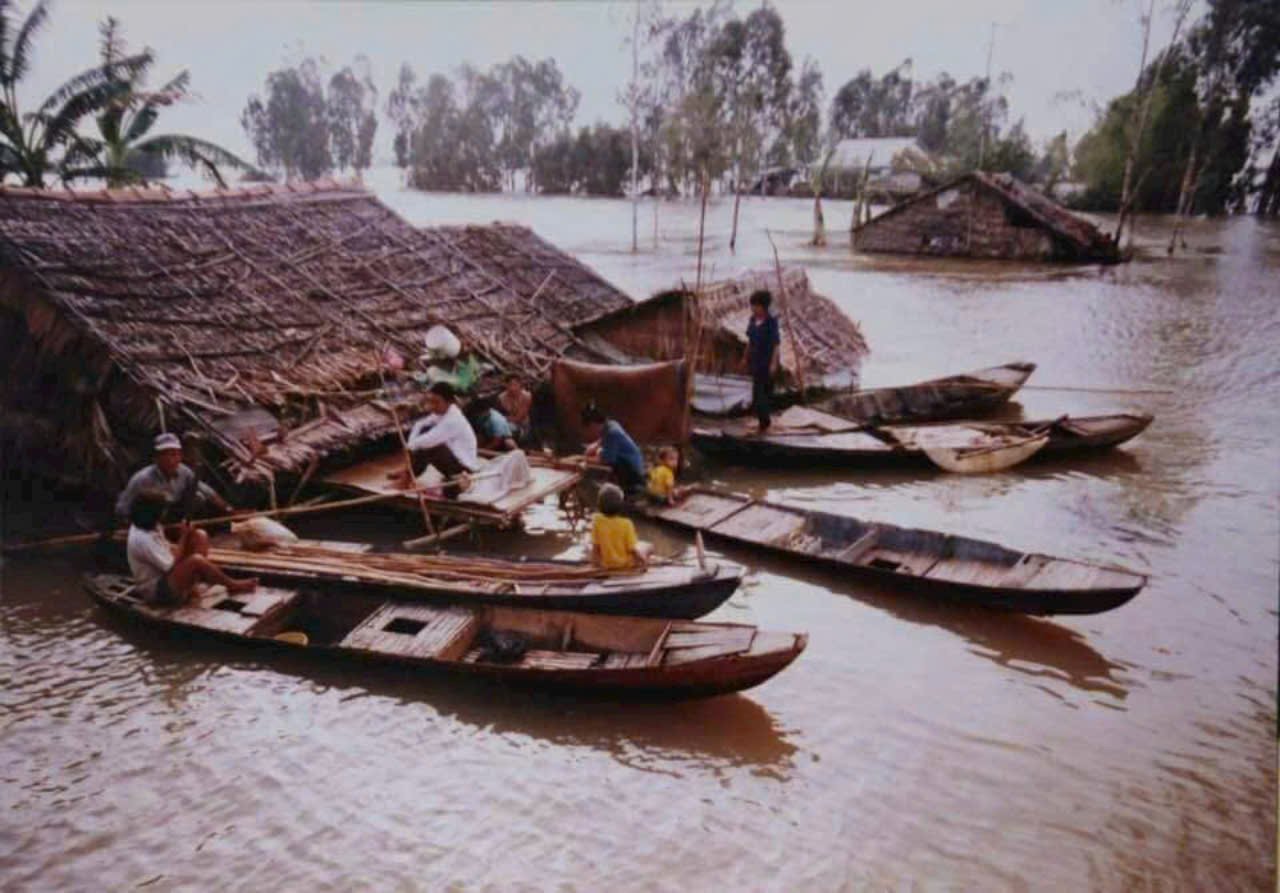
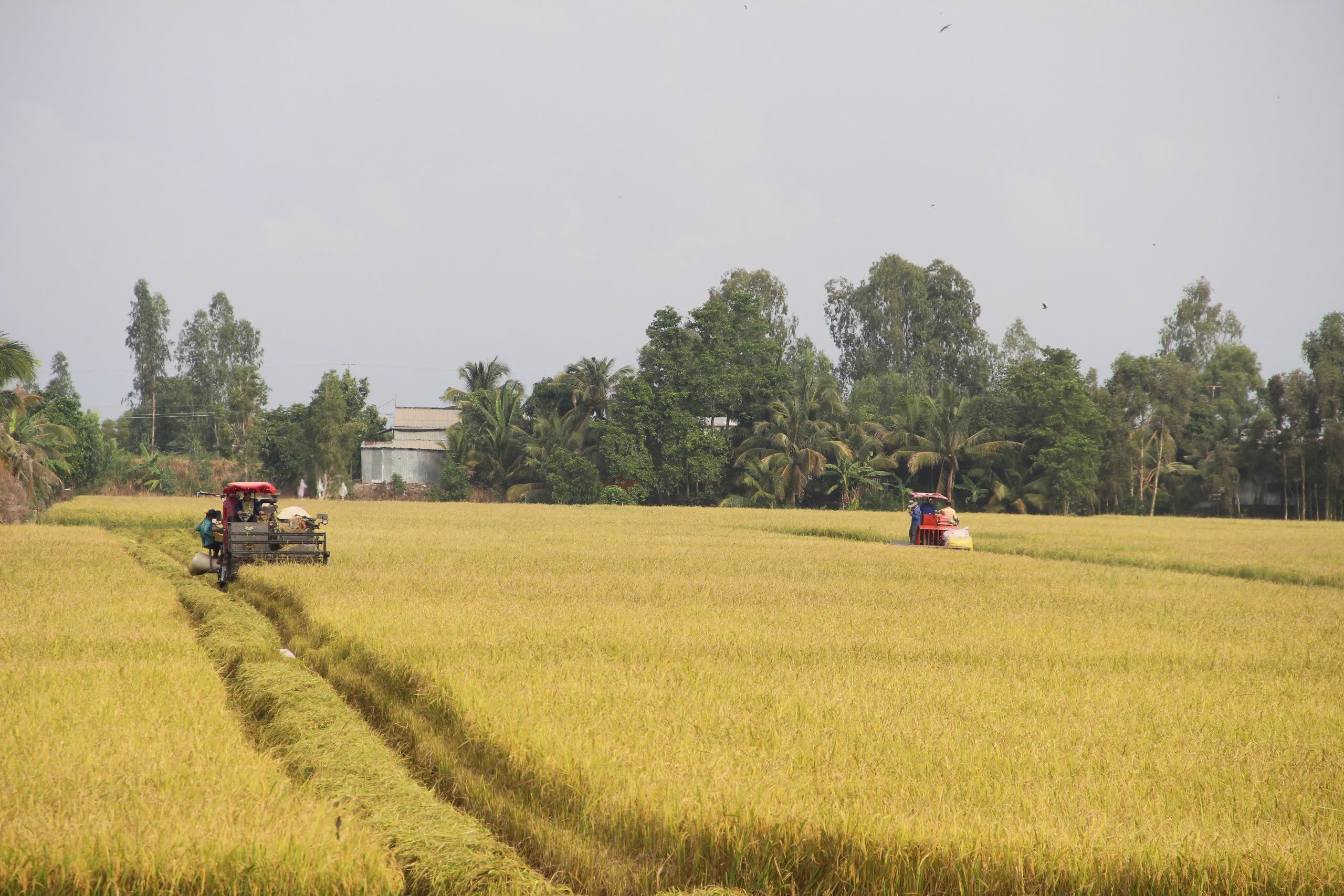
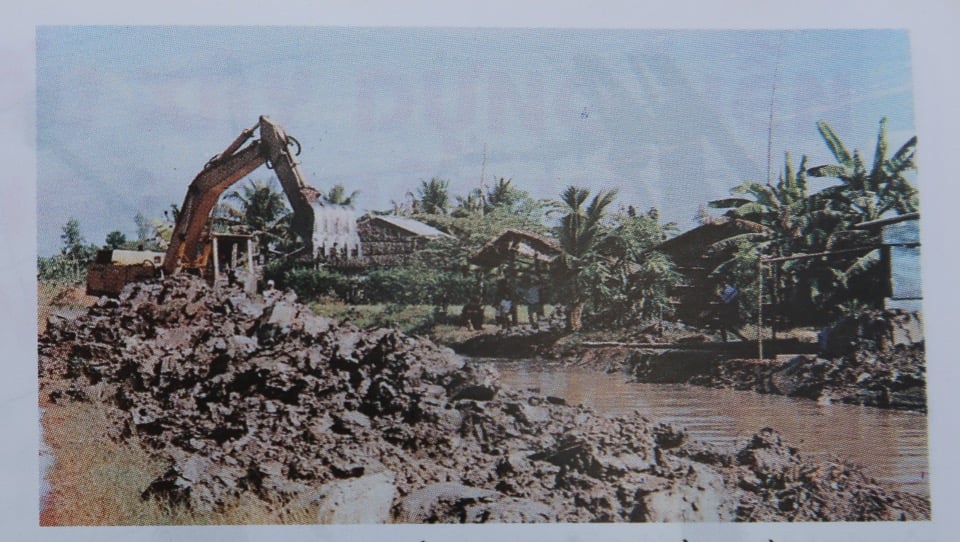


![[Photo] Determining the pairs in the team semi-finals of the National Table Tennis Championship of Nhan Dan Newspaper](https://vphoto.vietnam.vn/thumb/1200x675/vietnam/resource/IMAGE/2025/5/21/eacbf7ae6a59497e9ae5da8e63d227bf)
![[Photo] Prime Minister Pham Minh Chinh attends the groundbreaking ceremony of Trump International Hung Yen Project](https://vphoto.vietnam.vn/thumb/1200x675/vietnam/resource/IMAGE/2025/5/21/ca84b87a74da4cddb2992a86966284cf)
![[Photo] Prime Minister Pham Minh Chinh receives Rabbi Yoav Ben Tzur, Israeli Minister of Labor](https://vphoto.vietnam.vn/thumb/1200x675/vietnam/resource/IMAGE/2025/5/21/511bf6664512413ca5a275cbf3fb2f65)
![[Photo] Scientific workshop "Building a socialist model associated with socialist people in Hai Phong city in the period of 2025-2030 and the following years"](https://vphoto.vietnam.vn/thumb/1200x675/vietnam/resource/IMAGE/2025/5/21/5098e06c813243b1bf5670f9dc20ad0a)
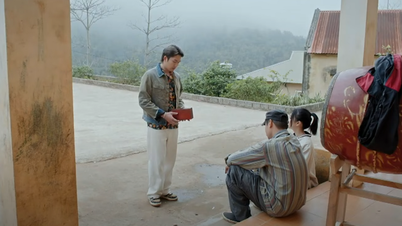

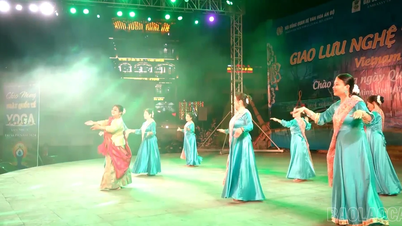

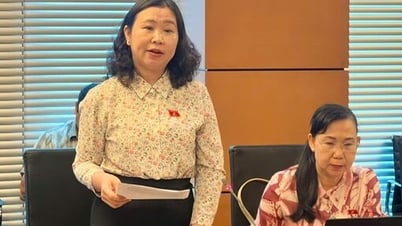
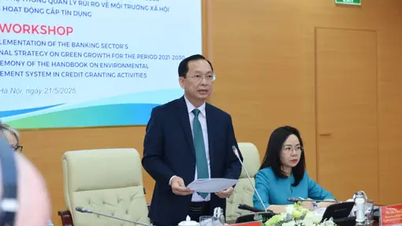
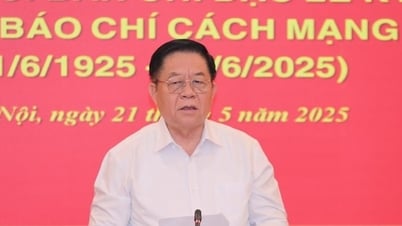

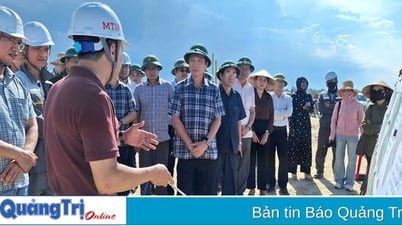







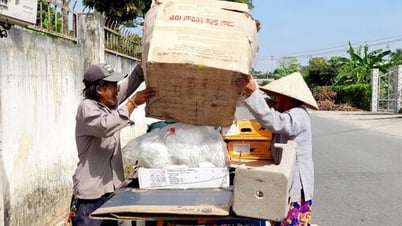
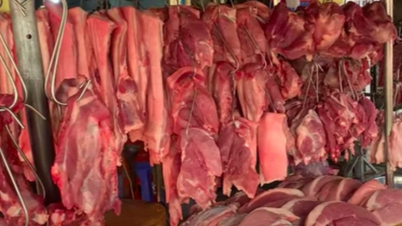
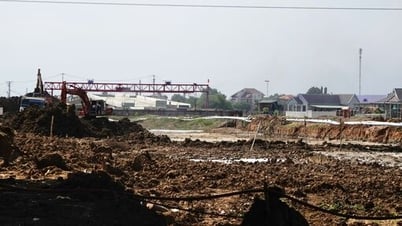
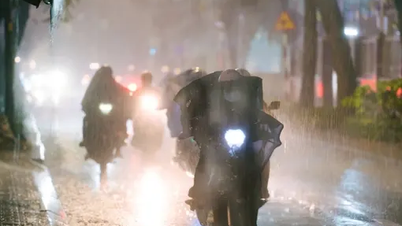










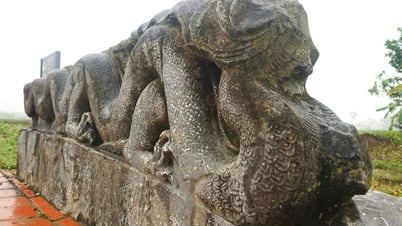






















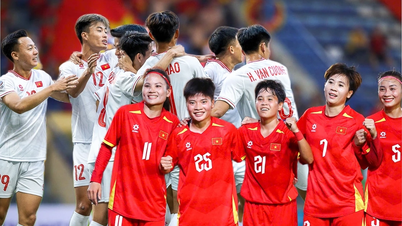

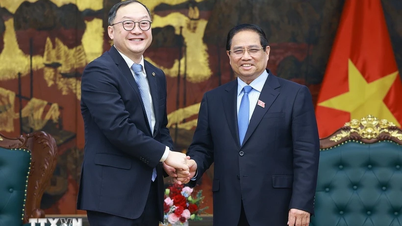

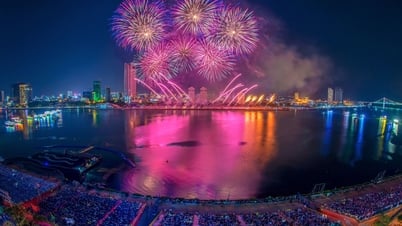





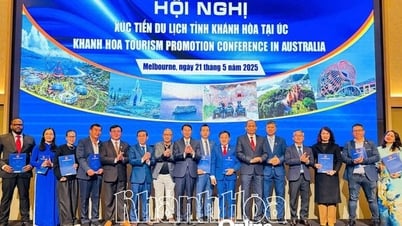
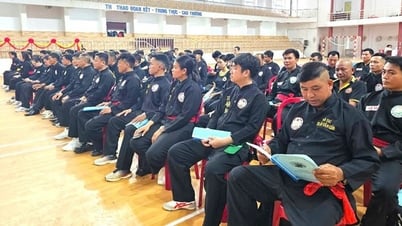



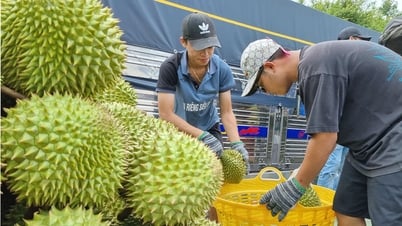

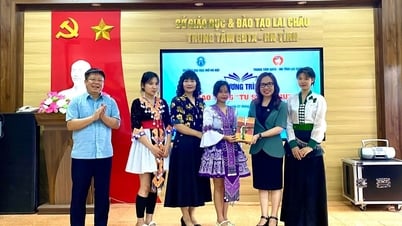

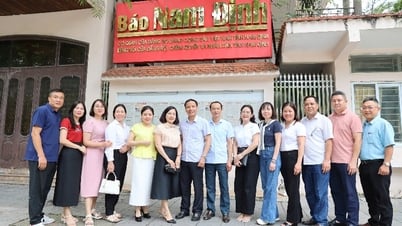
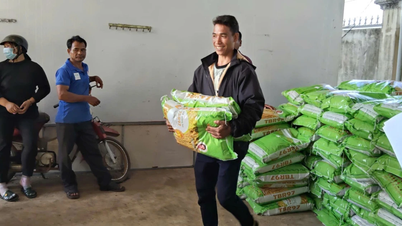

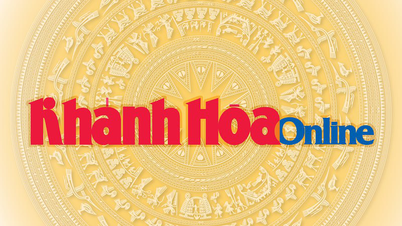












Comment (0)